|
Author: Jenny Ivy Cocoa butter, also known as theobroma oil, is a natural (and edible) fat extracted from cocoa beans. Because of its silky texture, mild cocoa fragrance, hydrating benefits and emollient properties, cocoa butter is used to make chocolate, as well as ointments, pharmaceuticals, toiletries and food products. Cocoa beans are rich in antioxidants, and some of these antioxidants remain in cocoa butter even after it is extracted. Cocoa butter offers several health benefits for skin and hair. Here are 10 ways you can boost beauty naturally with this super ingredient. Help repair skin at night Cocoa butter is rich in vitamin K and fatty acids. Applying it at night can help your skin repair itself. It’s not ideal, however, for people with acne or oily skin, but it may help repair skin that is dull, mature, dry or flaky or scarred skin. Heal chapped lips Cocoa butter is often used for lip care because it adds a protective layer of hydration. To make a homemade lip balm using cocoa butter, check out this recipe from blogger Tanya at Lovely Greens: Ingredients:
1: In a saucepan or double boiler over gently simmering water, combine beeswax, cocoa butter and almond oil. Stir gently until melted. 2: Add essential oil (if using) and vitamin E oil. Remove from heat and pour into tubes or pots. 3: Set aside until cool and hardened. Apply labels and store away from heat. Reduce stretch marks Apply cocoa butter to a pregnant belly or other stretched skin to reduce the look of stretch marks over time. After a bath or shower, rub cocoa butter liberally over stretched skin every day. Soothe burns and eczema Rub a small amount of cocoa butter on eczema, dermatitis, rashes and burned skin to soothe it and expedite healing. For this application, use pure cocoa butter that doesn't contain any alcohol or fragrances. Also, use cocoa butter together with aloe vera gel or tea tree oil to help heal burned or irritated skin. Make your own shaving cream Shave your legs and hydrate your skin at the same time with DIY shaving cream made cocoa butter. Try this refreshing shaving cream recipe from Wellness Mama: Ingredients:
Condition hair Rub a dime-size amount of cocoa butter into dry hair before styling to help reduce frizz. Cocoa butter also makes a great pre-shower conditioning treatment if you melt it and apply quickly (make sure not to leave it in hair longer than 20 minutes before rinsing out as it will solidify). Make your own bath oil Cocoa butter melts easily in hot water, making it a luxurious addition to your bath. Try this simple recipe for a cocoa butter drizzle, from bathaddicts.com, by pouring directly into hot bath water or over top of a fizzing bath bomb: Ingredients:
1. In a saucepan or double boiler over gently simmering water, melt oil. Stir gently. 2: Stir in baking soda, mica and polysorbate 80 (if using). 3. Transfer to jar or container and store at room temperature. 4. To use, drizzle a small amount into hot bath water or pour over a fizzy bath both. Makes enough for 15 baths. * Prevents color from sticking to your tub Boost collagen Cocoa butter can boost your body's collagen retention for healthier, more elastic skin. Make a topical lotion by combining ½ cup cocoa butter, ½ cup of shea butter, ½ cup coconut oil and ½ cup extra-virgin olive oil. If desired, stir in a few drops of essential oil. Store at room temperature in a mason jar and apply topically to keep skin supple and hydrated. Soothe tired feet Pamper your hard-working feet and toes by soaking them in a tub or bowl of warm water infused with cocoa butter. Stir 2 tablespoons cocoa butter into hot water and let cool slightly until you can soak feet comfortably. Make an all-natural body butter
Cocoa butter is a perfect ingredient for making buttery blends that are all natural (and edible). Try making this Cocoa-Coconut Love Butter from Making Love Potions by Stephanie L. Tourles (Storey Publishing, 2016). Ingredients:
Combine the coconut oil, almond oil and cocoa butter in a small saucepan or double boiler and warm over low heat until all the solids are just melted. Remove from the heat and let cool for 5 to 10 minutes, stirring a few times to blend. Pour into a 4-ounce jar or tin. Cap and label. It’s best to use it within one year stored at room temperature. It’s slow to thicken, so it may require up to 24 hours to reach its final creamy, buttery texture.
2 Comments
Author: Jessica Rubino
It’s not intuitive, but even though awareness about the dangers of sun has increased, so have melanoma rates. Melanoma is the deadliest form of skin cancer and, according to estimates, there will be between 91,270 to 178,560 cases diagnosed in the U.S. this year, which represents a steady increase over the past two decades. But there is a silver lining, according to dermatologist Sonoa Au, MD, who suggests two of the reasons for this rise are greater awareness and broader access to health care. “Although there is an increase in melanomas found, many are found at an earlier, curable stage,” says Au. Indeed, research from the Icahn School of Medicine at Mount Sinai in New York City, which tracked melanoma trends starting in 2009, found that the increase in diagnosis of early-stage melanoma occurred most rapidly (which, as Au pointed out, could be a good thing because you’re catching it early). Even so, melanoma-related deaths rose by about 1.5 percent annually, the same research showed. The takeaway: Both regular checkups and consistent sun-safety measures are more necessary than ever. Check yourself—and get checked Being familiar and in tune with your body is key to maintaining optimal health—and even more critical when it comes to moles and sunspots. “Everyone should do self-checks at least every four to six months,” says dermatologist Hirshel Kahn, MD. He recommends seeing a dermatologist annually for a formal checkup. The rise of melanoma Various interpretations of the data can lead to different conclusions about why we are seeing so many new cases in the U.S. today. But when we track the rise of the disease, it’s clear that despite an increase in knowledge and information, the American lifestyle has left us more susceptible to UV-triggered diseases, such as melanoma. “Starting in the 1920s, the tanned look became more socially attractive; in the 1950s, reflectors were used to speed up the tanning process; in the 1960s, slathering on cocoa butter became a popular way of getting a tan; and in the mid-1970s, tanning beds became popular,” says Hirshel Kahn, MD, a dermatologist based in New York City. Research shows that people who use a tanning bed regularly before age 35 are 75 percent more likely to get melanoma. Ironically, he adds, in our society a tanned look represents “health, relaxation and pleasure,” despite the results being quite the opposite. Today, while experts tout the importance of safe sun care, these decades-long expectations and habits are very much baked into daily routines, making it hard to break free of certain behaviors tied to melanoma. Protect yourself Although the general recommendations are not new, thoughts about the level of diligence required to keep skin truly safe from the sun have evolved (for example, applying sunscreen every single day despite lifestyle or location). Luckily, innovations such as sun-protective clothing and highly effective broad-spectrum mineral sunscreens provide the tools to stave off harmful rays. “Complete-block sunscreens containing zinc oxide or titanium dioxide are now available in more cosmetically elegant vehicles—so they don’t appear as white and opaque,” says Kahn. And although sun may be the worst offender, findings link other unhealthy lifestyle habits to melanoma risk. A study published in Cancer Epidemiology, Biomarkers & Preventionfound that alcohol intake was associated with higher rates of invasive melanoma among white men and women. White wine, specifically, was the culprit, with the study linking a frequent daily glass with a 13 percent increased risk of melanoma. Other risk factors include smoking and a depleted immune system, emphasizing the importance of living an overall healthy lifestyle—even beyond conscientious sun care—to lessen your risk. Look for mineral-based sun protection with zinc oxide, such as Dermaceuticals Sun Shield Stick SPF 50 Tinted or Babo Botanicals SPF 40 Daily Sheer Sunscreen Extra Sensitive For Face. Did you know we are inundated with hormonal disruptors in our environment every day? Ever wonder why women and now men can’t seem to get a handle on their hormonal health and live a balanced sane life? Many of the hormonal disruptors cause the human body to increase production of certain hormones; decrease production of others; imitate hormones; turn one hormone into another; interfere with hormone signaling; tell cells to die prematurely; compete with essential nutrients; bind to essential hormones and accumulate in organs that produce hormones. Wow! That’s complete hormonal imbalance and it no wonder doctors and hormonal specialists cannot get a handle on treating patients with imbalances effectively.
Let’s take a look at the top hormonal disruptors and how to avoid them. BPA This is the chemical found in plastic water bottles. Drinking from BPA-containing bottles whether they are water bottles or baby bottles (God-forbid!) they will imitate hormones in your body. BPA has been linked to everything from breast and others cancers to reproductive problems, obesity, early puberty and heart disease, and according to government tests. The consensus is 93% of Americans have BPA in their bodies. How to Avoid BPA Avoid cans lined with BPA. Avoid plastics with PC stamped on the bottle or stamped with #7 on them. Buy a water filter and pour it into a stainless steel or glass container for safer drinking water. Dioxin This one is a bad one. Dioxin disrupts how female and male sex hormones signal throughout the body. Dioxin lasts a very long time in the body wrecking havoc and will lower sperm count in males during their reproductive years. Dioxin is a powerful carcinogen, so it causes cancer and most likely linked to hormonal cancers of the breast, uterus, ovaries and prostate. How to Avoid Dioxin Very difficult to avoid and is found meat, fish, eggs and milk, and is very prevalent throughout the American food supply. Maybe going vegan will help reduce one’s contact with this dangerous chemical. Atrazine This herbicide turns male frogs into more feminized frogs. That means male frogs and lay eggs, so what do you think it’s doing to males in America? Anyone want to tackle that subject? Used on most of the corn crops in America and then it seeps into the ground water affecting the rest of the non-corn eating population. But corn is used in many different foods, so read your labels! Atrazine has been linked to breast tumors, delayed puberty and prostate inflammation in animals, and some research has linked it to prostate cancer in people. How to Avoid Atrazine Buy organic food and buy a water filter for your home. Phthalates This chemical is a cell killer. It induces death of our cells, even though millions of cells die in our body every day, we don’t need to help it kill more cells than necessary. So what cells does it target? Well men, it kills your balls, I mean your testicles. Phthalates are linked to hormone changes, lower sperm count, less mobile sperm, birth defects in the male reproductive system, obesity, diabetes and thyroid irregularities. Men, if you are wanting to have children this is one chemical you want to avoid. How to Avoid Phthalates Stop using plastic containers. Don’t wrap your food in plastic that contains #3 on the label. If a product is labelled ‘fragrance’ this avoid it. This is a catch-all term to let you know if contains phthalates. Perchlorate This is a component of rocket fuel. We all need a boost sometimes, but not like this! Found in produce and milk are the most common places. When perchlorate gets into your body it competes with the nutrient iodine, which the thyroid gland needs to make thyroid hormones. Basically, this means that if you ingest too much of it you can end up altering your thyroid hormone balance. Also, it’s very bad for young children as it can alter their endocrine health. How to Avoid Perchlorate To reduce your intake, install a reverse osmosis water filter in your home and office. In your food, it’s almost impossible to avoid it altogether. So going organic and vegan maybe ways to reduce your risk to this chemical. Fire Retardants Swedish scientists discovered in human breast milk and found in to polar bears. This tells you it’s found everywhere! These chemicals can imitate thyroid hormones in our bodies and disrupt their activity. That can lead to lower IQ, among other significant health effects. These types of chemicals are like a nuclear meltdown. The damage is going to last to decades and those born today will be affected for many years to come. You can thank mankind for these chemicals and their total disregard for the safety and health of the human race. How to Avoid Fire Retardants Almost impossible to avoid. Replace all your filters with HEPA filters even down to your vacuum cleaner as your carpets most likely have it in them. Lead Can you believe we are still talking about lead in this day and age? Yep, this exists. Lead harms children and of course all adults. Lead causes neurological damage. including permanent brain damage, lowered IQ, hearing loss, miscarriage, premature birth, increased blood pressure, kidney damage and nervous system problems. But few people realize that one other way that lead may affect your body is by disrupting your hormones. In animals, lead has been found to lower sex hormone levels. Research has also shown that lead can disrupt the hormone signaling that regulates the body’s major stress system (called the HPA axis). How to Avoid Lead Keep your house clean. Remove old paint and buy a water filter. Eat organically, we healthy food with natural minerals like calcium and magnesium can help remove lead from the body. Using cilantro and chlorella are green foods that bind heavy metals and removes them safely from the body. Arsenic Arsenic is found in your food and drinking water. Just like in the movies if you get enough of it, will kill you. In smaller amounts, arsenic can cause skin, bladder and lung cancer. Basically, bad news. Less well known: Arsenic interferes with normal hormone functioning in the glucocorticoid system that regulates how our bodies process sugars and carbohydrates. Well, disrupting the glucocorticoid system has been linked to weight gain/loss, protein wasting, immunosuppression, insulin resistance (which can lead to diabetes), osteoporosis, growth retardation and high blood pressure. How to Avoid Arsenic Simply buy a water filter and eat organic as much as possible. Mercury This is not the car brand Ford discontinued a few years back, it’s a dangerous heavy metal. Mercury has a half life of 40 years, which means we will never get rid of it, but we can reduce our exposure. Pregnant women are the most at risk from the toxic effects of mercury, since the metal is known to concentrate in the fetal brain and can interfere with brain development. Mercury is also known to bind directly to one particular hormone that regulates women’s menstrual cycle and ovulation, interfering with normal signaling pathways. Mercury can lead to diabetes as it damage the cells in the pancreas that produce insulin. How to Avoid Mercury If you want to eat seafood, limit it to organic salmon and organically farm raised trout. Our oceans are full of mercury so you sushi lovers might want to pick something else to eat. Perfluorinated chemicals (Non-Stick Cooking Surfaces) 99 percent of Americans have these chemicals in their bodies. One chemical known as PFOA does not breakdown in the human body or the environment.Talk about killing the planet! You can ban this substance and it will still be found in generations to come. PFOA exposure has been linked to decreased sperm quality, low birth weight, kidney disease, thyroid disease and high cholesterol, among other health issues. How to Avoid Perfluorinated Chemicals Avoid non-stick pans and water resistant clothing, furniture and carpets. Organophosphate Pesticides These are chemicals which are the most common pesticides that target the nervous system of insects. These interfere with the way testosterone communicates with cells, lowering testosterone and altering thyroid hormone levels. How to Avoid Organophosphate Pesticides Buy organic produce and wash your fruits and vegetables before eating to reduce exposure. Glycol Esters Ever tell a man to grow a pair of balls? If he’s exposed to glycol esters, he’ll have small ones and growing a manly pair will be out of the question. The EU says these can be responsible for damage to fertility and the unborn child. Glycol esters are found in common solvents in paints, cleaning products, brake fluid and cosmetics. Check the paint in your child’s room as this can cause allergies and asthma. How to Avoid Glycol Esters Avoid products with ingredients such as 2-butoxyethanol (EGBE) and methoxydiglycol (DEGME). Read the labels on paint and household cleaning products. |
Archives
May 2022
|
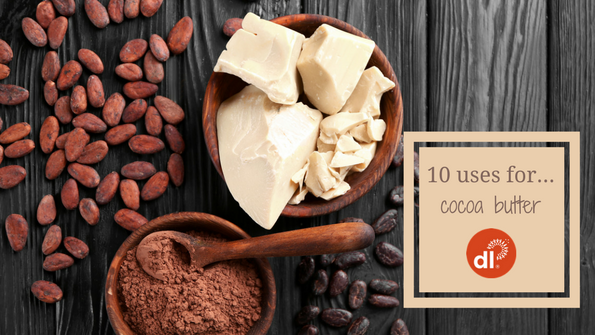

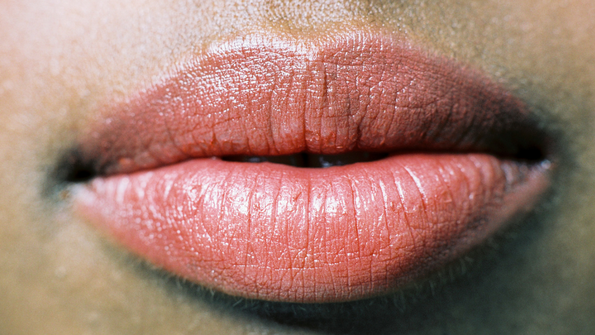

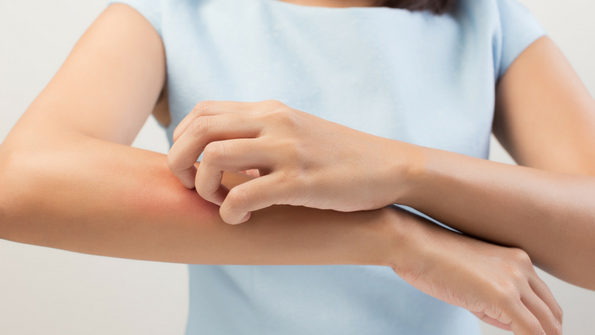
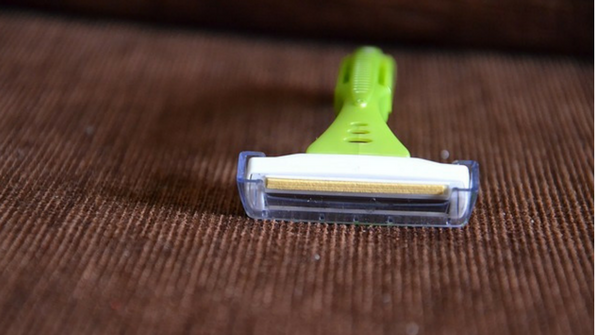




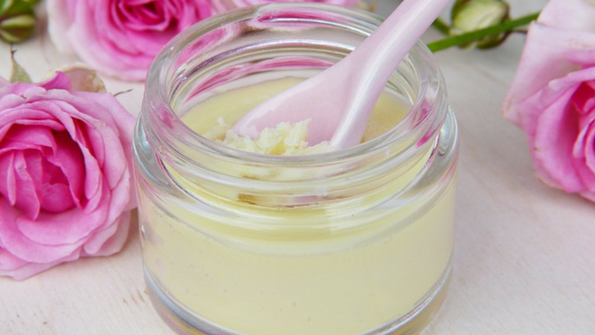
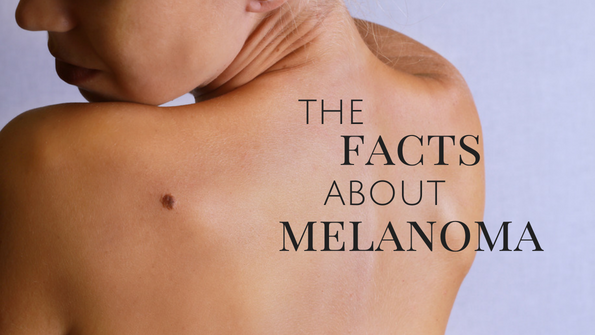


 RSS Feed
RSS Feed